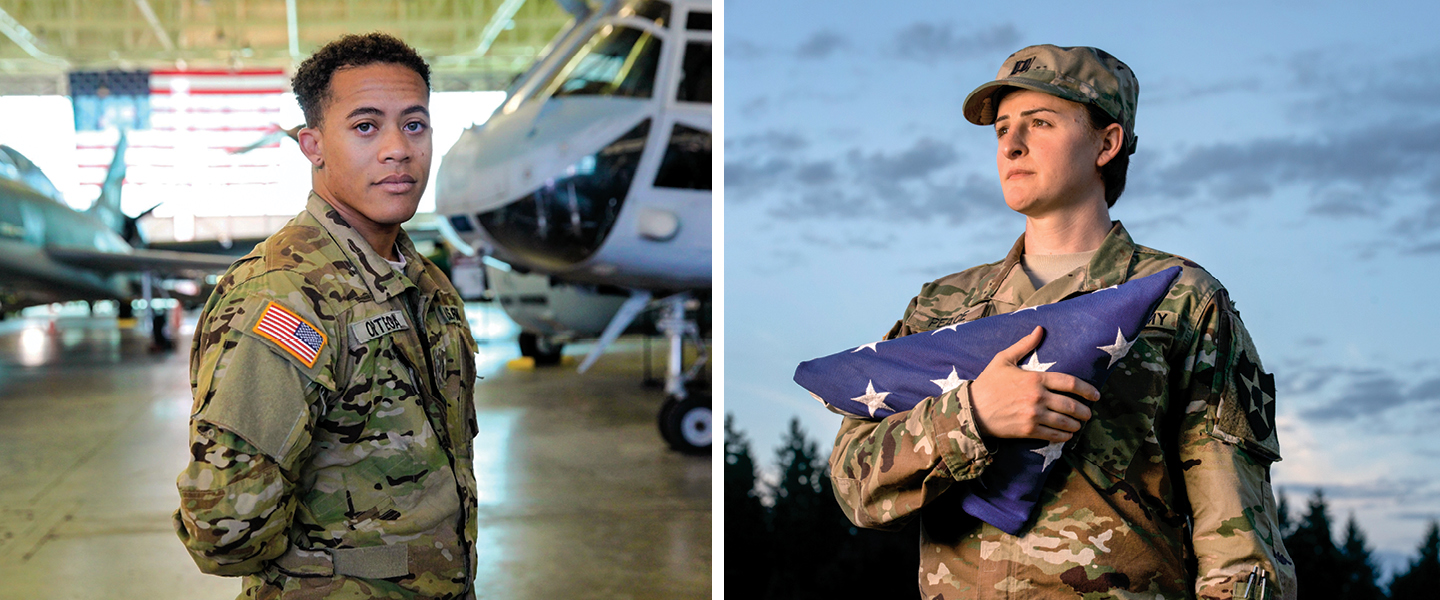President Trump announced over the summer that he was banning transgender people from serving in the military. The move has sparked the latest battle over the rights of people who identify themselves as a different gender from the one they had at birth.
There have been a series of recent controversies over the rights of transgender people, especially regarding their right to use the bathroom of their choosing in public places. In 2016, the Supreme Court agreed to hear a case about whether a transgender boy had the right to use the boys’ bathroom at a high school in Virginia, but the justices changed course last spring and decided not to rule on the case. Most experts expect another case dealing with transgender rights to get to the Supreme Court sometime soon, but for now, transgender people remain in a state of legal uncertainty.
Here’s what you need to know about the transgender military ban.
President Trump announced over the summer that he was banning transgender people from serving in the military. The move has sparked the latest battle over the rights of people who identify themselves as a different gender from the one they had at birth.
There have been a series of recent controversies over transgender rights. Many of these conflicts have been about the right of transgender people to choose which bathroom they use in public places. In 2016, the Supreme Court agreed to hear a case involving a transgender boy. He wanted the right to use the boys’ bathroom at his high school in Virginia. But the justices changed course last spring and decided not to rule on the case. Most experts expect another case about transgender rights to get to the Supreme Court sometime soon. But for now, transgender people remain in a state of legal uncertainty.
Here’s what you need to know about the transgender military ban.

